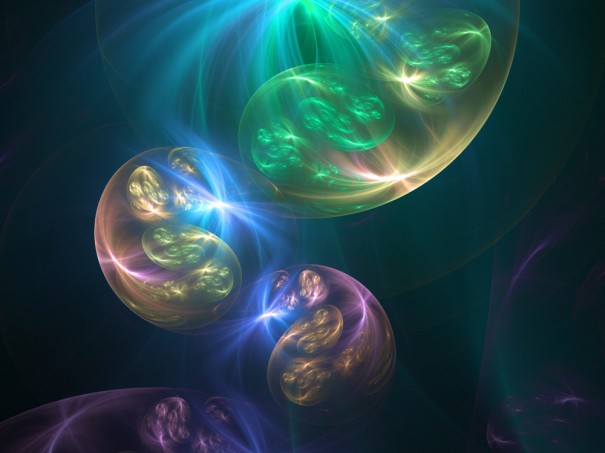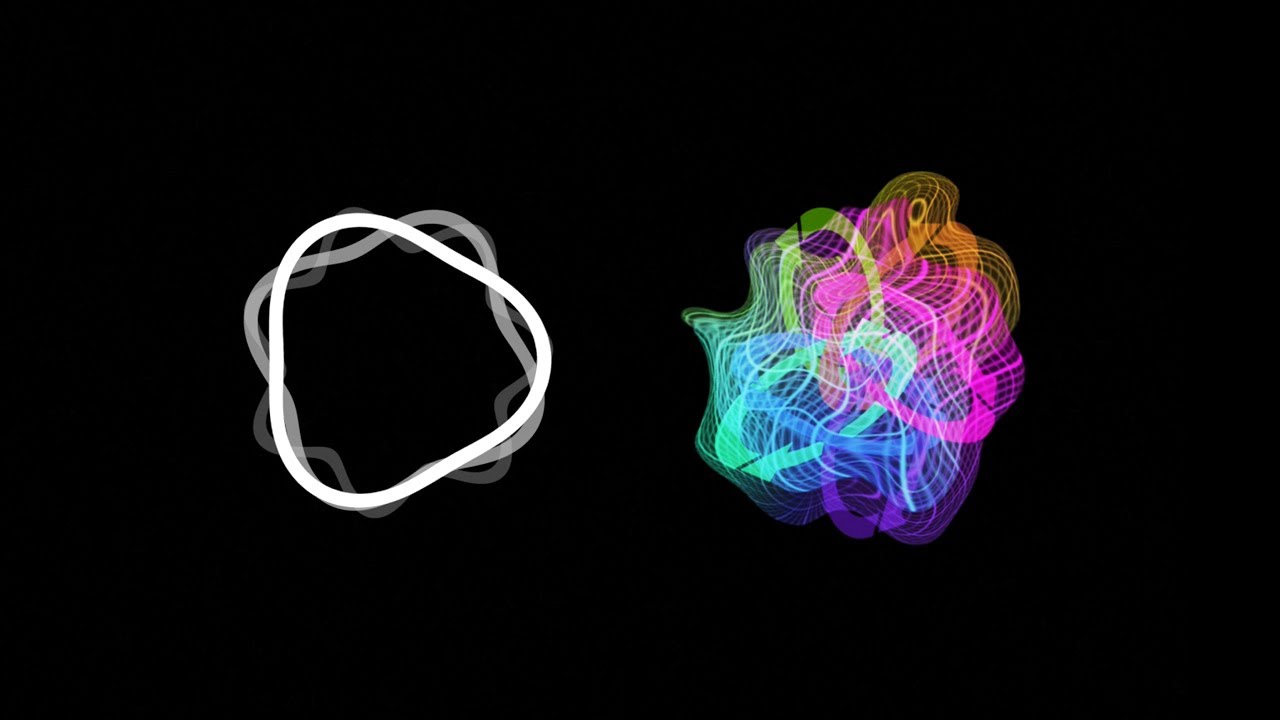Author: Swapnil K SinghUndergraduate: Astronomy Research & Mechanical Engineering - Astrophysicist of the future! Albert Einstein gave the theory of relativity and because of him we know how gravity works and also the nature of space-time. With the help of the theory of relativity, we can say that gravity warps space-time fabric and that's how we feel the effect of gravity. Later, in year 1921, German scientist Theodor Kaluza came up with an idea that if the force of gravity warps space-time, then other forces like electromagnetic or nuclear forces also warp space-time. However, we know that's not true, so then Kaluza thought that maybe these forces do not warp the space-time of this dimension but warp the space of other dimensions, and so, the theory of other dimensions (string theory) came into existence. The Kaluza–Klein theory (KK theory) is a classical unified field theory of gravitation and electromagnetism built around the idea of a fifth dimension beyond the common 4D of space and time, and considered an important precursor to string theory. String theory predicts that all objects in our universe are composed of vibrating filaments (and membranes) of energy. It proposes that subatomic particles are sub-sub-subatomic strings. If we zoom in on the particles closely enough, what we usually think of as little billiard balls reveal themselves to be tiny loops or lengths of a more primitive material. These strings vibrate like miniature guitar strings, and each type of particle corresponds to a string playing a certain pitch. These strings came in two forms — closed strings and open strings. An open string has ends that don’t touch each other, while a closed string is a loop with no open end. Under this theory, as the early universe cooled off after the Big Bang, this unified force began to break apart into the different forces we experience today. Experiments at high energies may someday allow us to detect the unification of these forces, although such experiments are well outside of our current realm of technology. String theory attempts to unify the four forces in the universe - the electromagnetic force, strong nuclear force, weak nuclear force, and gravity - together into one unified theory. In our universe, these fundamental forces appear as four different phenomena, but string theory believe that in the early universe, at the time of Big Bang Singularity, these forces were all described by strings interacting with each other. One mathematical result of string theory is that the theory only makes sense in a world with more than three space dimensions, and our universe has three dimensions of space, which are X, Y and Z axes. The extra dimensions are curled up to incredibly small sizes, so we never perceive them. The universe we experience is a 4-dimensional surface in 10-dimensional space. One of the most unexpected and disturbing discoveries of string theory is that instead of one single theory, it turns out there may be a huge number of possible theories. The Anthropic principle is one of the most controversial aspects of modern string theory, which tries to explain properties of our universe as a result of our presence in it. Some interpretations of string theory predict that our universe is not the only one. In fact, in the most extreme versions of the theory, an infinite number of other universes exist, some of which contain exact duplicates of our own universe.
One problem with string theory is that instead of the 18 fundamental particles in the Standard Model, supersymmetry requires at least 36 fundamental particles, but scientists have never detected these missing supersymmetric partner particles. Another setback of string theory is that it does not predict the existence of dark energy. Only time will tell whether string theory is right or wrong, but regardless of the answer, string theory has driven scientists for years to ask fundamental questions about our universe and explore the answers to these questions in new ways. This blog is promoted and supported by the Space Crew Working Group **Article and images originally featured on the Virtual Wire website. Reprinted with author permission.
Comments are closed.
|
Welcometo the InnovaSpace Knowledge Station Categories
All
|
InnovaSpace Ltd - Registered in England & Wales - No. 11323249
UK Office: 88 Tideslea Path, London, SE280LZ
Privacy Policy I Terms & Conditions
© 2024 InnovaSpace, All Rights Reserved
UK Office: 88 Tideslea Path, London, SE280LZ
Privacy Policy I Terms & Conditions
© 2024 InnovaSpace, All Rights Reserved





 RSS Feed
RSS Feed